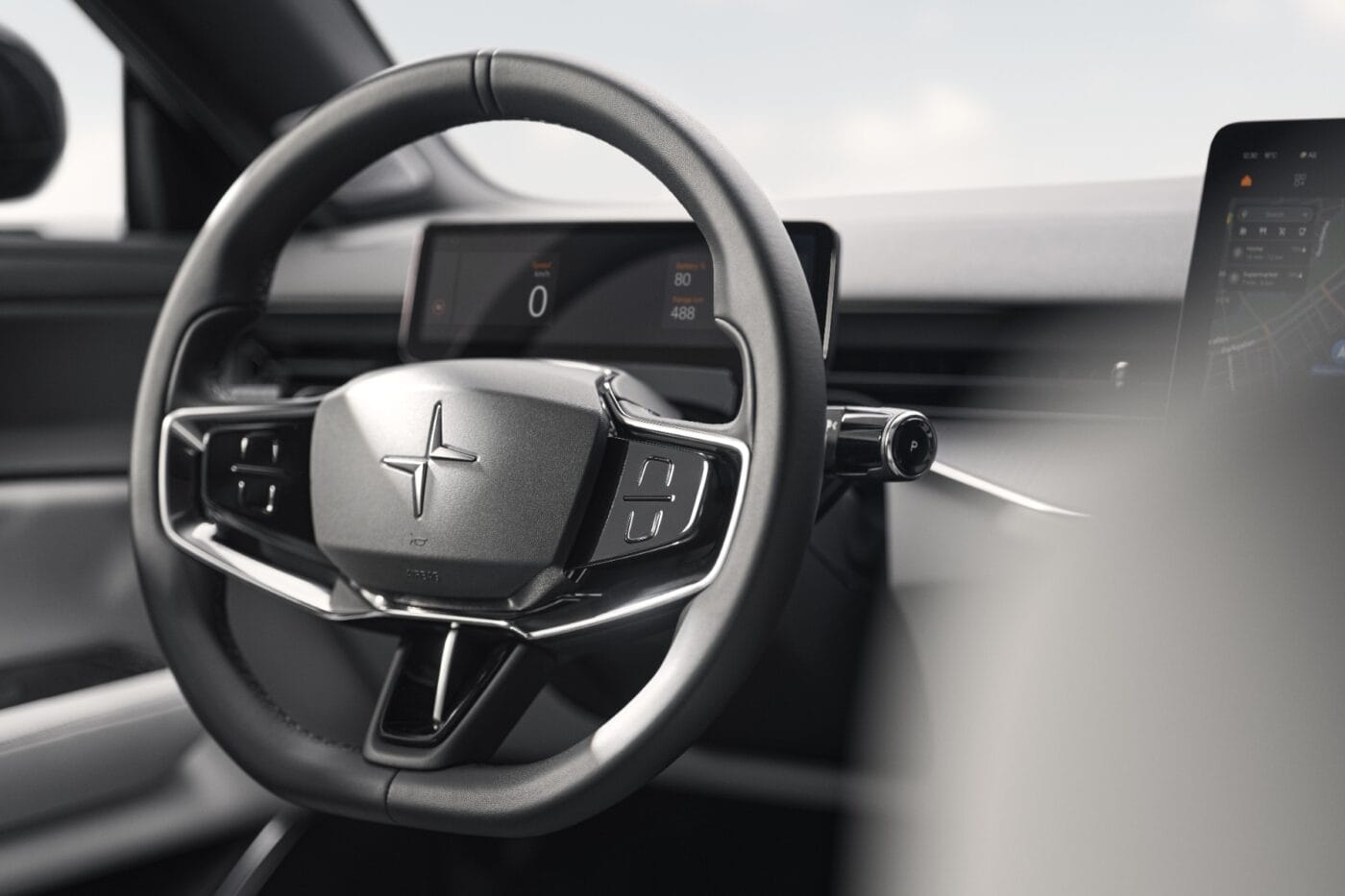Q3 figures: Polestar is growing – but still accumulating higher losses
Specifically, Polestar reports revenue of $748 million (+36% YoY) for the third quarter of 2025. The main contributor to this increase was a 13 per cent year-on-year rise in sales to 14,192 vehicles in Q3. The Chinese-Swedish brand sees the increased demand as a sign of an attractive model range and a balanced geographical distribution of sales in Europe. Polestar also earned $33 million from the sale of emission certificates between July and September, an item that was hardly significant in 2024.
According to Polestar, the fact that the net loss of $365 million is nevertheless 13 per cent higher than in the previous year is due, among other things, to “external headwinds” continuing to impact profitability. These include US tariffs and increased price pressure on electric vehicles. Items for which the company itself is responsible include higher sales and production costs. As a result, Polestar’s gross margin deteriorated from -1.2 per cent in the previous year to -6.1 per cent in Q3/2025.
For the current year, the mixed third quarter means a slight weakening of the balance sheet: Polestar’s revenue climbed by 48.8 per cent to 2.17 billion US dollars from January to September, but growth for the first half of 2025 was still 56.5 per cent. The brand increased its year-to-date sales to 44,482 vehicles (+36.5% YoY). Revenue of $123 million in the first nine months of 2025 was also attributable to CO2 certificates, driven by a new EU pooling agreement and the sale of emission certificates in the US. Polestar also attributes the increased growth to higher retail sales resulting from the switch to an ‘active sales model.’ Since February, Polestar vehicles have been sold not only online but also through the Volvo dealer network.
At the same time, Polestar has recorded a hefty net loss of US$1.56 billion (+80% YoY) so far this year and a gross margin slump to -34.5%, which is, however, due to a special effect: The Geely Group company had to write down $739 million on the Polestar 3 in the second quarter. This is performing worse than expected: management stated that it had identified a decline in the forecast gross margin and short-term sales volume of the SUV model, leading to a reduction in the vehicle’s forecast life cycle profitability. According to Polestar, the sticking points are the increased distribution costs of the model as a result of higher tariffs on imported car parts for vehicles assembled in the US, as well as the aforementioned price pressure on electric vehicles.
Michael Lohscheller, CEO of Polestar, commented: “We are making progress in our commercial transformation, expanding our dealer network and opening retail locations across our 28 markets, resulting in revenue growth of 49% in the first nine months of 2025. As market conditions remain challenging, we continue to take steps to make our organisation and operations more efficient.”
The company does not address the recent rumours that the roadster announced as the Polestar 6 has been shelved by the new management and that the focus is now on the Polestar 7 SUV instead. Instead, the Polestar 6 is still listed among the upcoming models in the financial report, and the launch of the Polestar 7 is confirmed for 2028. The Polestar 7 is set to be the first model built in Europe, at the future plant of sister company Volvo Cars in Slovakia.
This article was first published by Cora Werwitzke for electrive’s German edition.





0 Comments